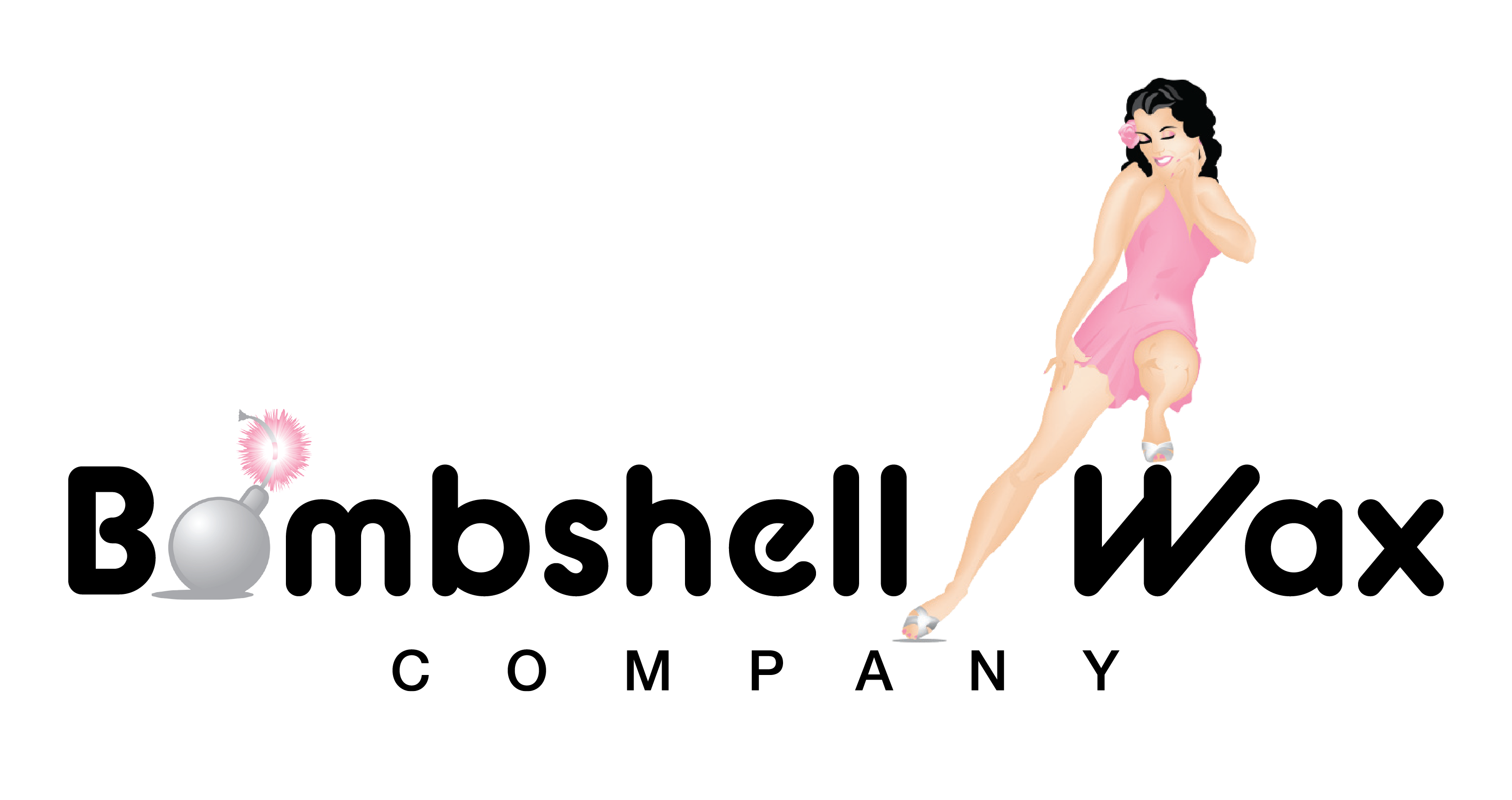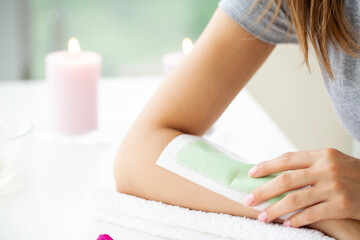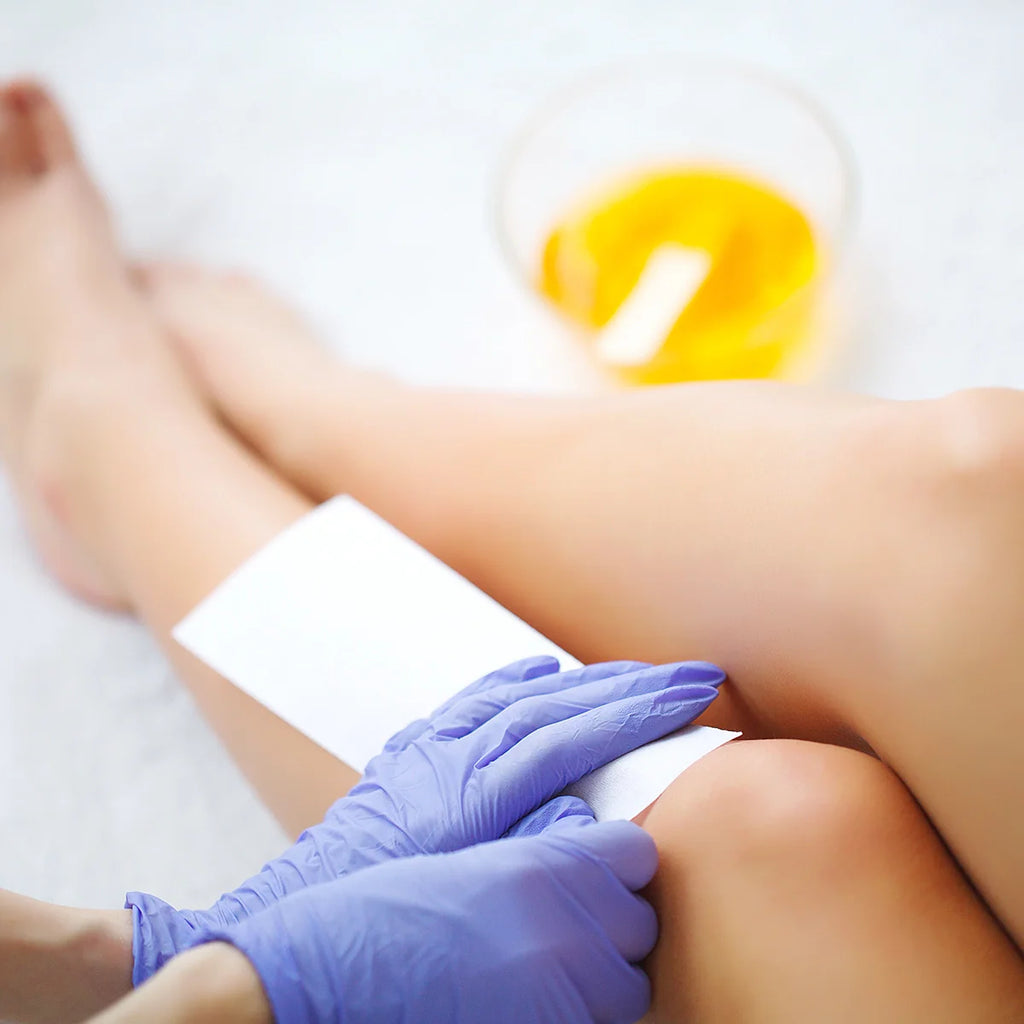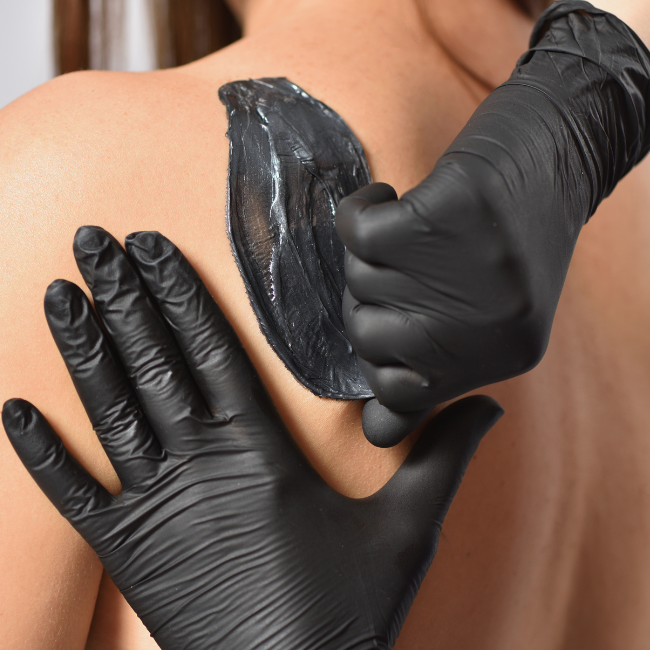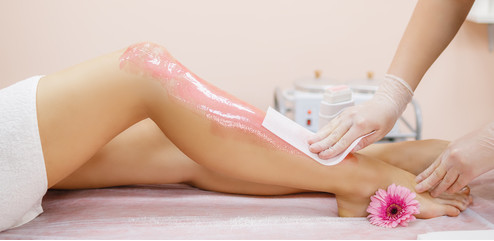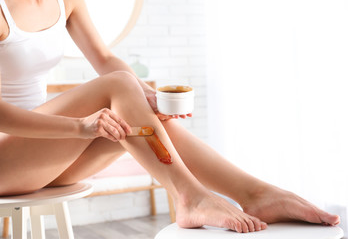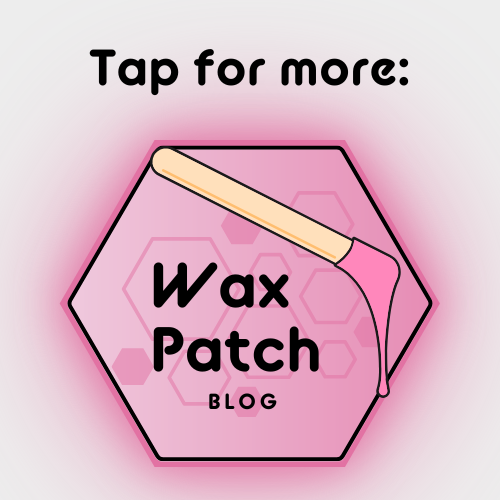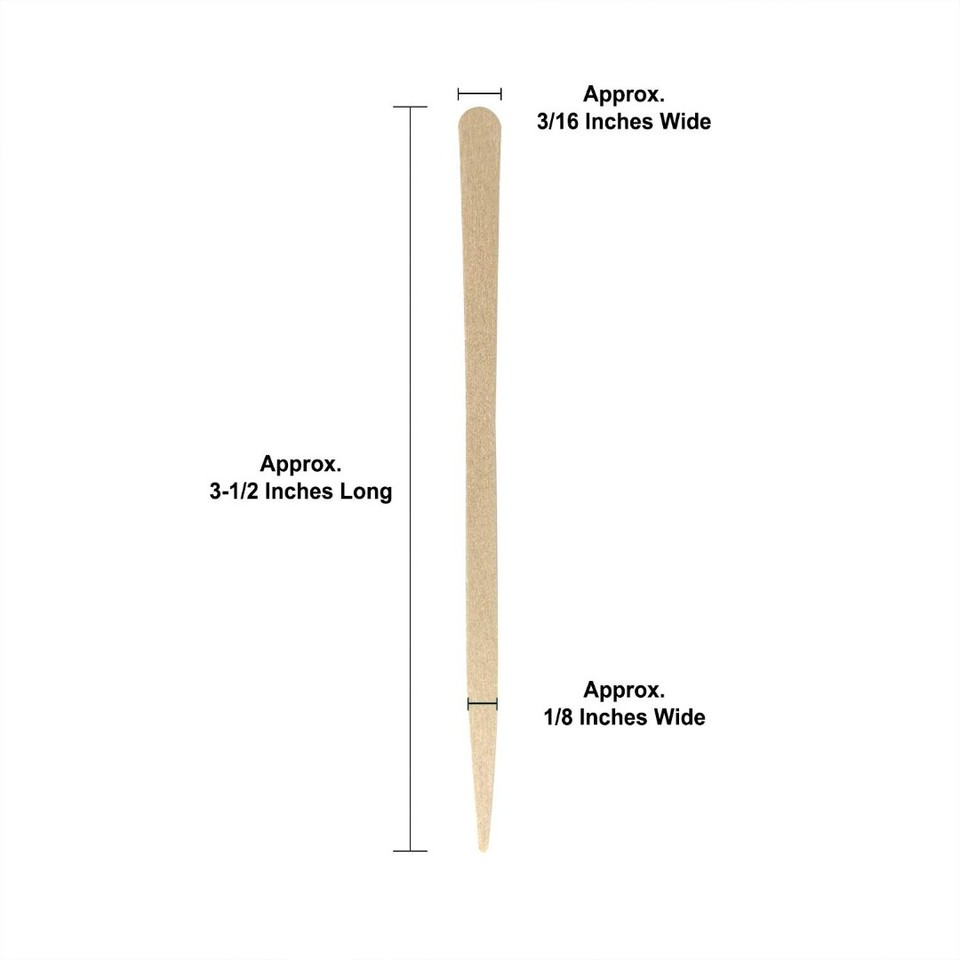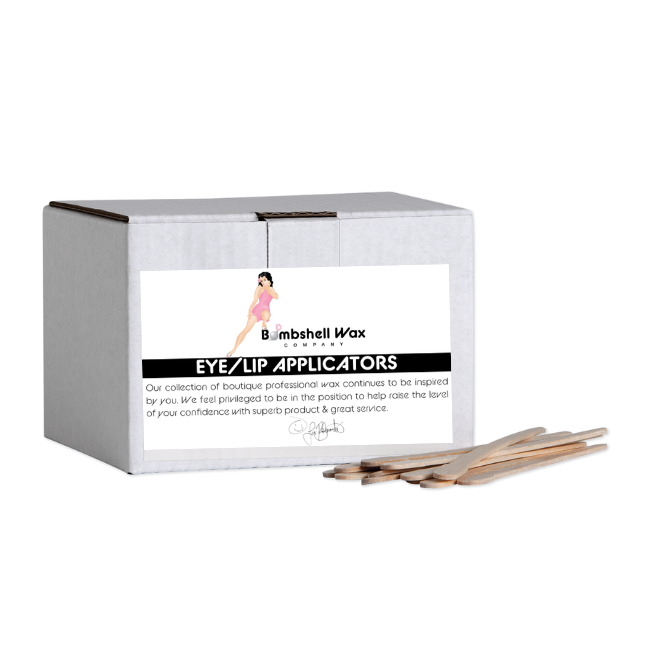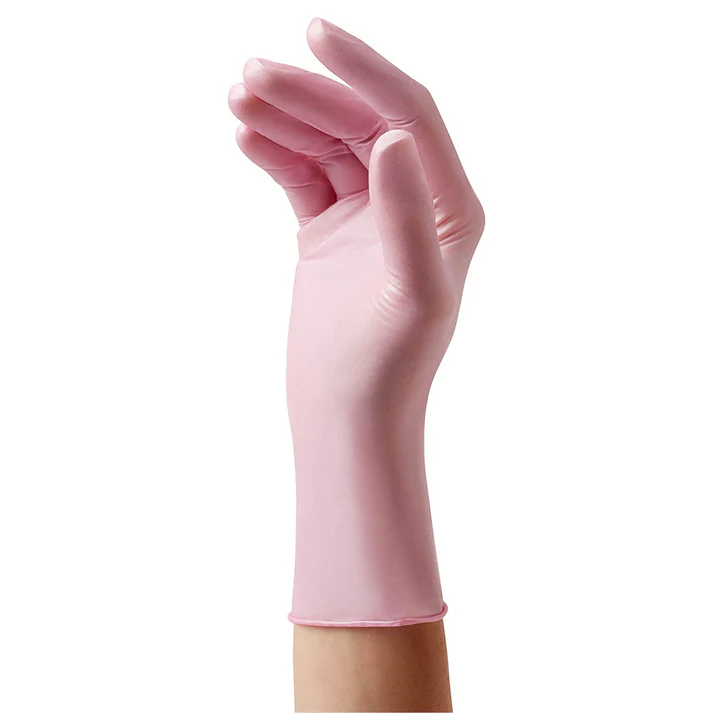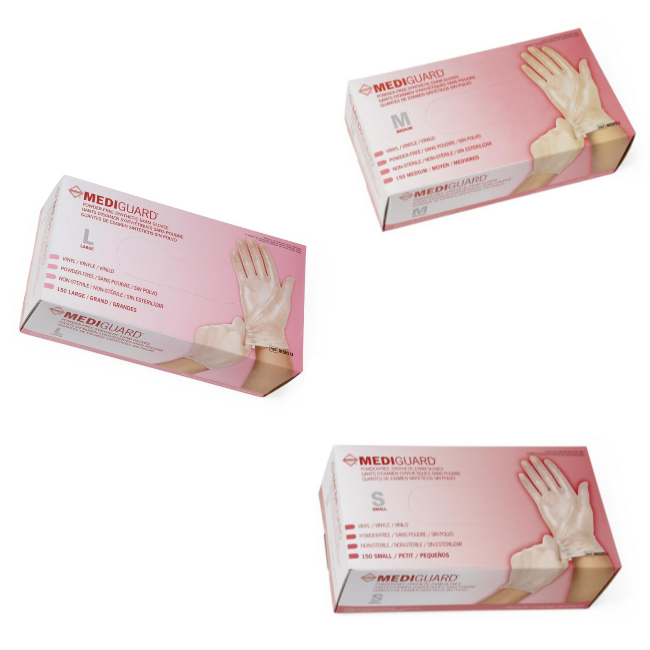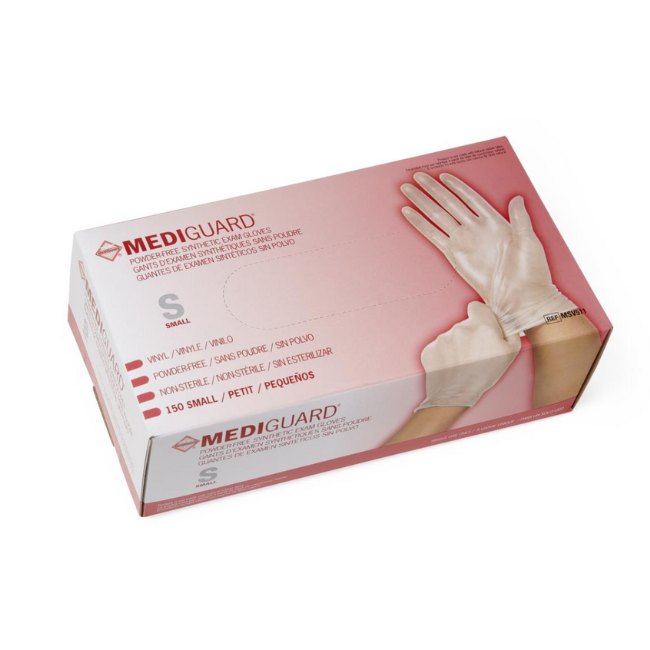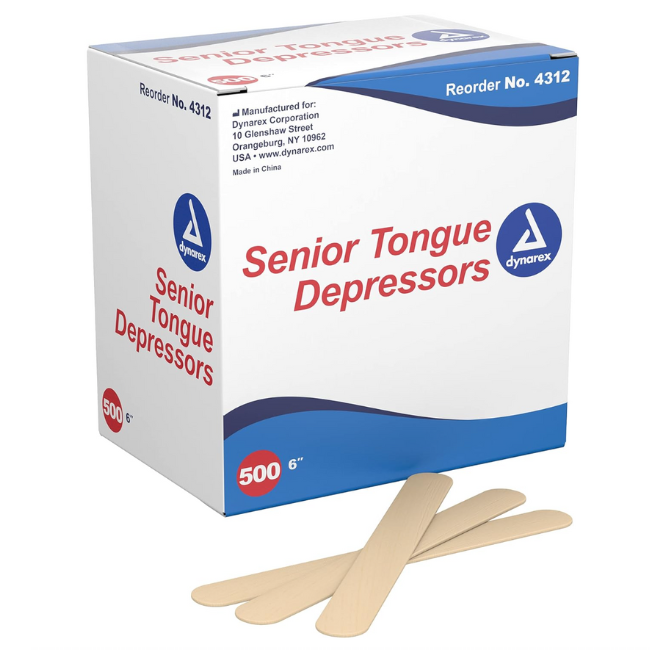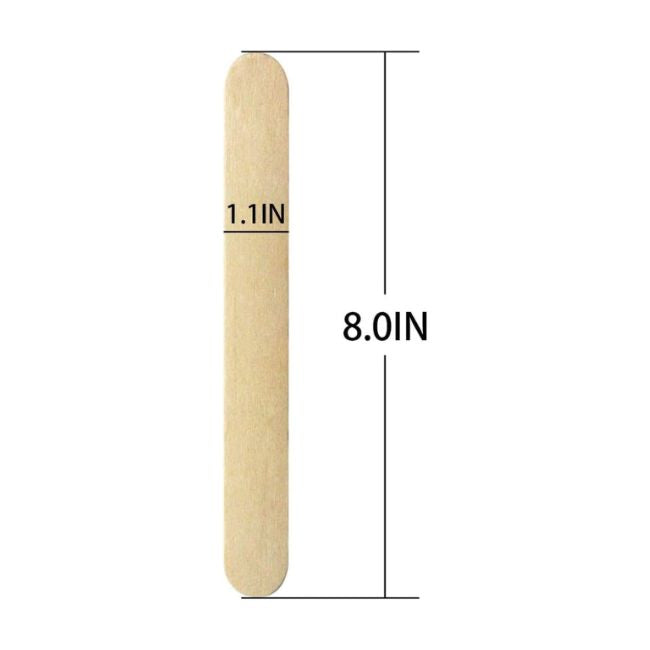

Germs Spread in Three Ways
By Lori Vargas, 360 Wellness Education
Disease-causing organisms are spread by someone or something and move from place to place or person to person. Infection control in salons/spas has become increasingly important because of the ease germs transfer from place to place on items routinely used.
Virus strains such as Coronavirus and bacterial strains such as M.R.S.A. have a high transfer potential. They live on the skin and spread through direct skin contact. This is why hand washing is extremely important. M.R.S.A. is also spread through towels, clothing, equipment, and anything else that comes into contact with the infected person.
Infection Prevention and Control
Infection control involves policies and procedures used to minimize the spread of germs/pathogens that may lead to infection or disease. Every tool that is used on a client has to be cleaned and disinfected. A single use item must be thrown away and kept in a tightly closed container. Every implement, sink, surface, or edifice must be thoroughly processed with one of four levels of cleansing procedures and products depending on their designated use.
Infection Prevention and Control Definitions
- Cleaning – Removal of visible debris from an implement or surface. This is most often accomplished using soap and water and is an essential step prior to disinfecting or sterilizing.
- Sanitation – Lowering the number of germs on surfaces or objects to a safe level, as judged by public health standards. This process works by chemically cleaning surfaces or implements to lower the risk of spreading infection.
- Disinfection – Chemical process that eliminates most microorganisms on non-living surfaces and implements. Disinfectants are chemical products that destroy bacteria, fungi and viruses (but not bacterial spores).
- Sterilization – A process that completely destroys all microbial life, including bacterial spores. Sterilization is accomplished by using an FDA-cleared device or chemical that destroys all potentially dangerous organisms.
Contact Time of Solutions is Critical
Contact Time or Wet Time - amount of time a surface or tool must remain with the product being (wet) used in order for disinfection to take place, typically anywhere from 1 to 10 minutes. If the wet time or contact time is not achieved, germs will NOT be effectively killed.
- Insufficient contact time due to 1) when the surface is wiped dry before required wet/contact time, 2) disinfectant evaporates or dries out before required wet/contact time requiring re-application, or 3) tool is removed from disinfectant solution before required wet/contact time is reached.
Label Directions - not all disinfectants are the same so be sure to read the use directions on the label. Different products will come with different germs they can kill, different wet time requirements and different precautions.
Contact Time of Solutions is Critical
Contact Time or Wet Time - amount of time a surface or tool must remain with the product being (wet) used in order for disinfection to take place, typically anywhere from 1 to 10 minutes. If the wet time or contact time is not achieved, germs will NOT be effectively killed.
- Insufficient contact time due to 1) when the surface is wiped dry before required wet/contact time, 2) disinfectant evaporates or dries out before required wet/contact time requiring re-application, or 3) tool is removed from disinfectant solution before required wet/contact time is reached.
Label Directions - not all disinfectants are the same so be sure to read the use directions on the label. Different products will come with different germs they can kill, different wet time requirements and different precautions.
Maintaining Solution Integrity
In between cleaning and sanitizing, the implements must be towel dried before inserting into disinfectant solutions. This prevents solutions from becoming diluted with water and losing their effectiveness. Read the label to determine useful life of solutions. Many hospital-grade disinfectants need to be changed daily to provide effective protection.
Make sure your Disinfectant(s) have the following:
- Regulatory Approval
- Disinfectants must be registered with EPA or FDA
- Must Meet standards for OSHA blood borne pathogens
- Should have claims against relevant bacteria, viruses and fungi typically found in salons and spas
- Review your State Guidelines to ensure compliance
- Kills germs, quick to use, convenient and safe for users
- Environmental Impact - biodegradable is ideal and not impact our planet
Germs Spread in Three Ways
- Surfaces: work stations, treatment chairs, and counters.
- Tools: nippers, clippers, tweezers, callus removers, combs, and shears.
- Foot baths: circulating (piped) and non-circulating bowls.

